India has always been destined to lead. From the early ages of human civilizations, when we controlled almost half of the world’s GDP, to this date, India is a land of the talented and the powerful. After 2 Centuries of ruthless British rule, we were knocked down, but certainly not knocked out. On August 15th, 1947, an independent India was to usher into a new era. The ‘Sleeping Giant’ was to arise from the shadows of the British reign to reclaim its lost glory and pride. However, our Tryst with Destiny become complicated political reality and indecisiveness.
For 60 years, India’s story remained an opportunity waiting to be grabbed. India’s image was stuck between the land of the disputed Kashmir for intellectuals and the land of snake charmer and elephants-on-the-road for the commoners. After the famous 1991 free market reforms, many awakened to the rise of not only China, but China’s noisy neighbor India. By the time we entered the 21st Century, we had a population of more than a billion, a median age which was at least 10 years younger than the average median age in the developed world, and economic resources which, at their full potential, could change India’s fortunes and make it the world’s powerhouse. However, we gave it away. We slipped and slumped, and our economic despair became a nightmare. The UPA’s foreign policy was failing India, and if a correction was not made soon enough, India’s respect and dignity was at stake. To take us down, there were many, but to support us, a very few.
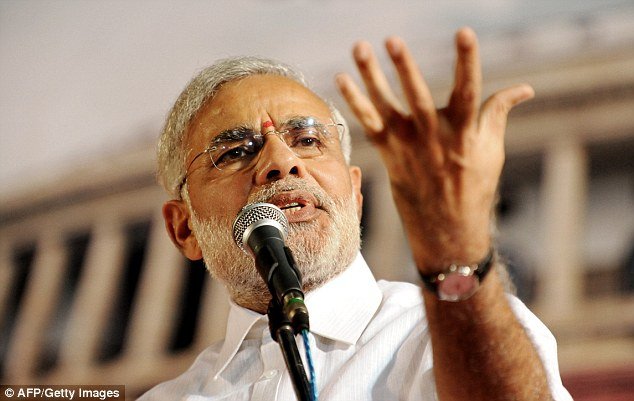 Then came the meteoric rise of Narendra Damodardas Modi, the emphatic Gujarat Chief Minister, and with him, came the astonishing rise of India’s global reputation. Suddenly, the past 60 years looked upon the year 2014 as surprised and shocked as Modi’s detractors. Modi did in a year which the previous governments failed to do in 60 years.
Then came the meteoric rise of Narendra Damodardas Modi, the emphatic Gujarat Chief Minister, and with him, came the astonishing rise of India’s global reputation. Suddenly, the past 60 years looked upon the year 2014 as surprised and shocked as Modi’s detractors. Modi did in a year which the previous governments failed to do in 60 years.
Narendra Modi is a taskmaster. He sets his goals and then pursues them like a hungry dog pursues a bone, or like how Arvind Kejriwal pursues controversy and Arnab Goswami pursues ‘scandals’. He has his ways and his visions, which are often quite different from the rest of the pack of Indian leaders. His foreign policy is based on connect. How can the countries relate? How can the leaders relate? And how will this relation help both the nations? All of Modi’s bilateral visits over the past year have been based on these fundamental questions. And so far, this has more than worked. India’s foreign policy is gathering steam. While in Manmohan’s raj, we moved like a snail, we are now gliding in the sky like a plane.
Big Uncle Sam
Many foreign analysts refer to the 21st Century Foreign Policy as ‘India’s tilt towards the West ‘. Ever since 1991, India’s relations with the West, particularly the USA, have grown multifold. India’s previous Prime Minister, Manmohan Singh was reelected in 2009 on the back of a very strong relation with the US, wherein he initiated the historic Nuclear deal. However, by the end of his second tenure, like everything else, even Indo-US relations were slumping.
Mr. Modi had a long bucket list to hate the US for. Being denied a visa and then placed on a list reserved for terrorists, Mr. Modi could have taken the vengeful route and denied the US of an Asian partner to curb the rise of China on the world circuit. However, Modi chose the road not taken. The result is evident. India and US are closer than ever and the path is set for a historic period wherein both countries stand to benefit from closer ties. Be it Economics, culture or the Internet, the stage for the Indo-US ties is bigger than ever and the world is watching keenly.
Looking East
In 1991, India did not just change its economic policies. A very important foreign policy was also initiated. Labelled, ‘Look East’, the idea was to look for better strategic and economic ties with the East Asian growing powers. The name suited the policy. India kept looking East, and China’s influence in the region kept growing while India kept ‘looking’. Last year, Modi replaced the Look East policy with an Act East Policy. The message was clear. The ‘looking’ was over. India would now play a proactive role in the East Asian region.
And for the first time, we are not beggars, but the chooser. India does not go on the global political scene begging for investment. Our influence and demographics give us the futuristic advantage and Modi has played this card brilliantly. As a result, India’s ties with the East have grown substantially. Whether it be Japan, South Korea or Vietnam, all of them have upgraded their relation with India and now look more keenly at us and what we have to offer.
The Neighbourhood
It’s an old saying that goes a very long way: “Love thy neighbour”. India’s neighbourhood has always been very volatile and perilous. From Pakistan to China, India’s relations with the Neighbours have been unstable and this has led to 5 major wars and several minor incursions and territorial disputes. Modi started on a clean slate. For his swearing-in ceremony, he invited all the leaders of SAARC, including the controversial Pakistani Prime Minister, Nawaz Sharif. After this magnanimous gesture, Modi has managed to secure several deals, including the Historic Indo-Bangladesh Land Border Agreement, in the immediate neighbourhood which have mutual benefit for both the countries and the region. Whether it be an electricity deal with Bhutan, or extending humanitarian aid to Nepal when the disastrous Earthquake shook the country, Modi has managed to extend India’s influence in South Asia to counter the growing rise of China. And even so, he hasn’t forgotten or negated India’s ties with our troublesome neighbour. Modi has met Xi two times this year, and they have pledged to improve Indo-China ties so that the once popular slogan of “Hindi Chini Bhai Bhai’ can be revived.
India is now back on the path. We are back on the global stage and the world is anticipating our rise. The West hopes that India can become an Asian strategic power to curb China. The East looks at us as the Emerging Economy to look at in terms of trade. And our neighbours are finally learning to work with us for mutual benefit. And this hasn’t been a result of India’s military display, which is in a very dismal situation at the moment. It has been a gigantic push of a very tactically strong weapon. The weapon which India has the greatest access to, and which can be wielded like a magic wand, to solve India’s small problems. The weapon called Soft Power.


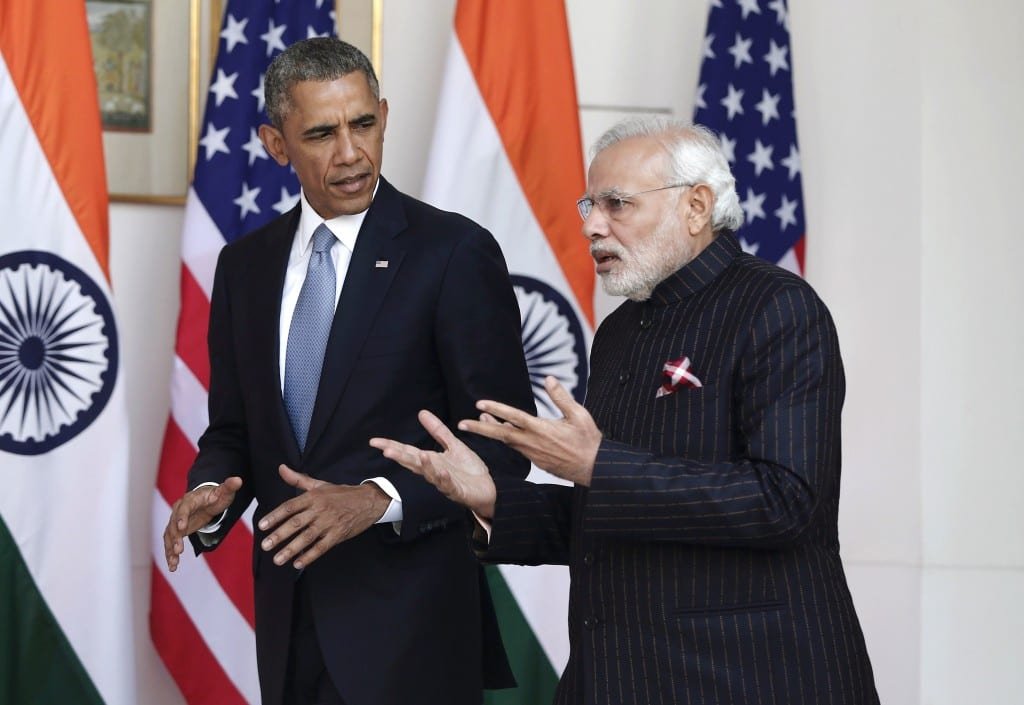
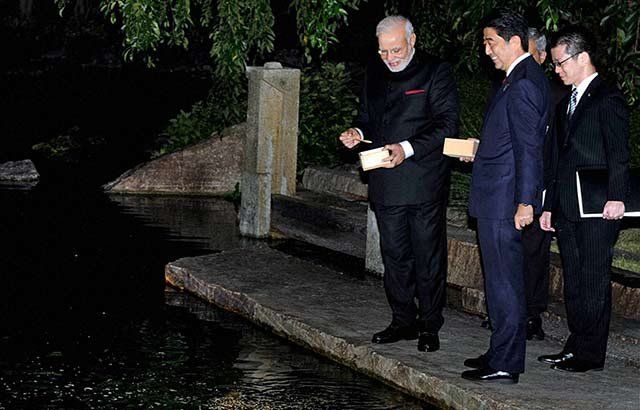
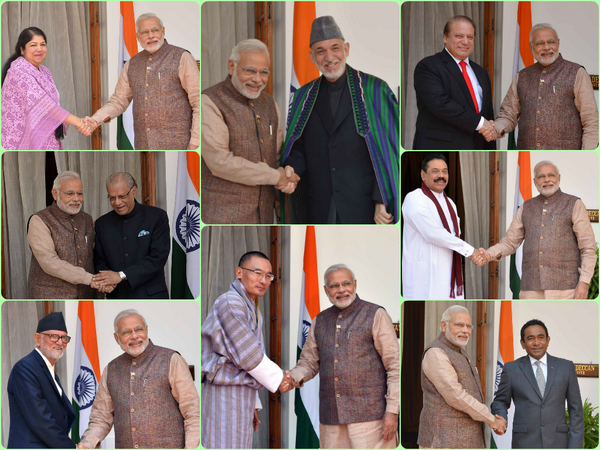
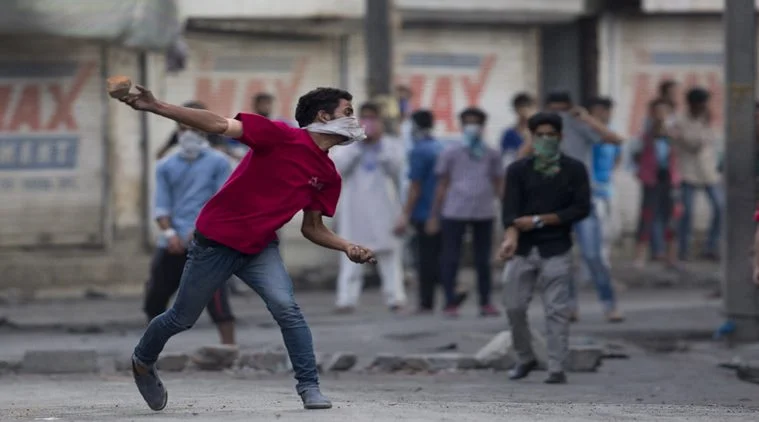

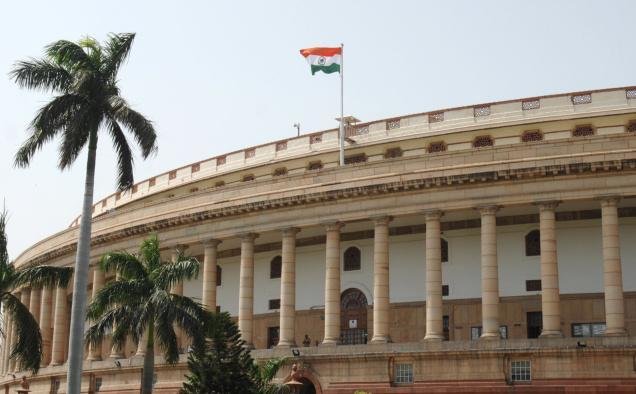
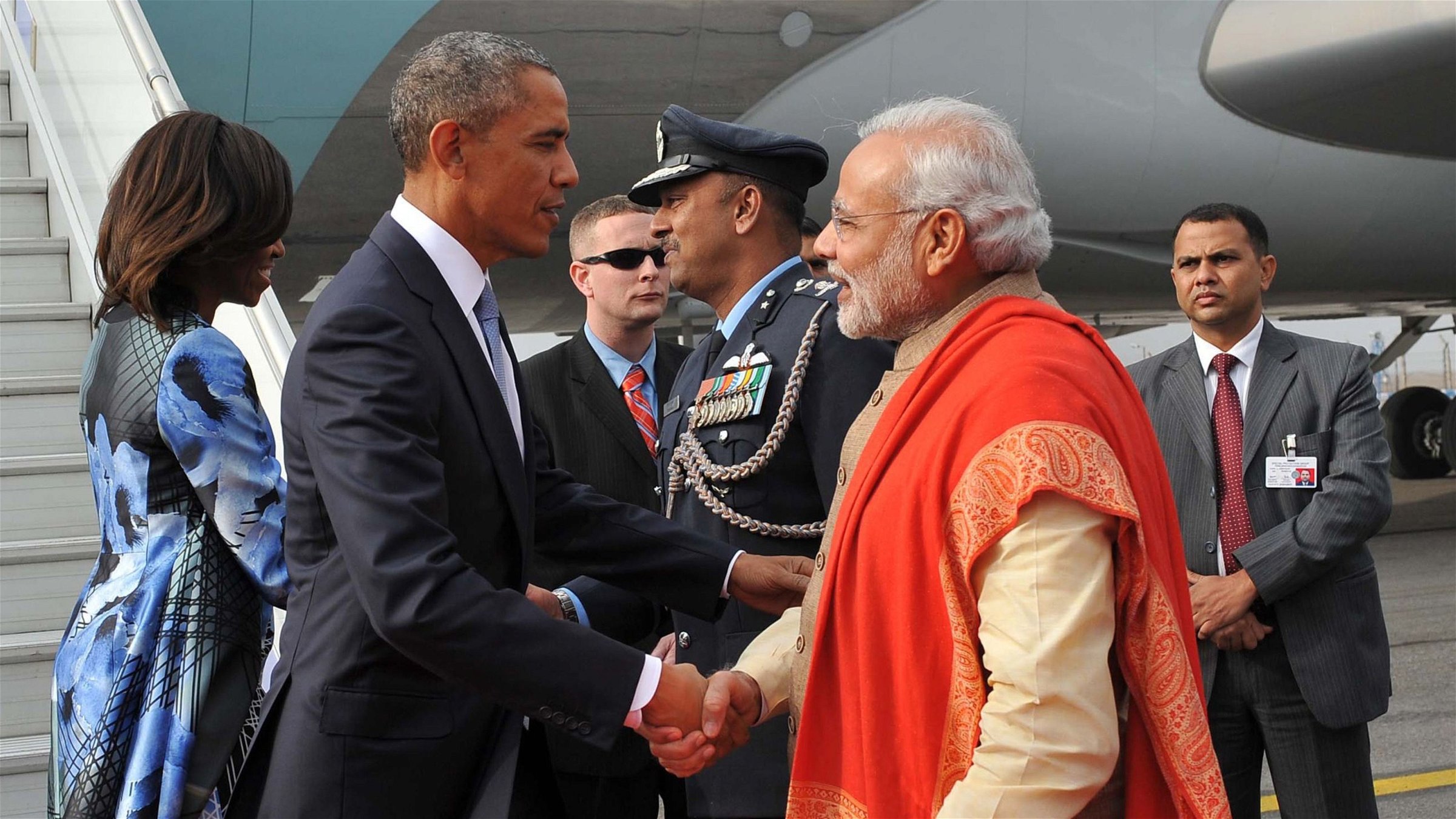
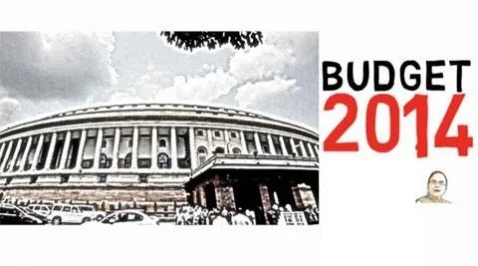
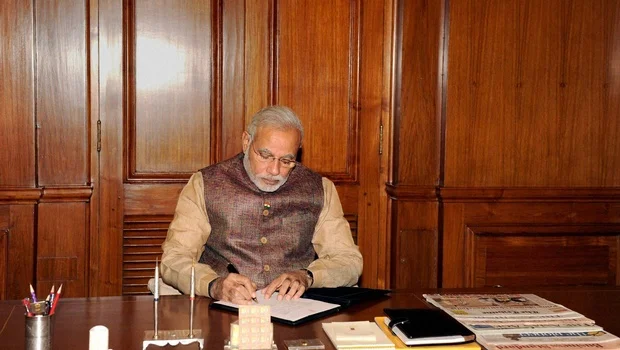
Leave A Comment